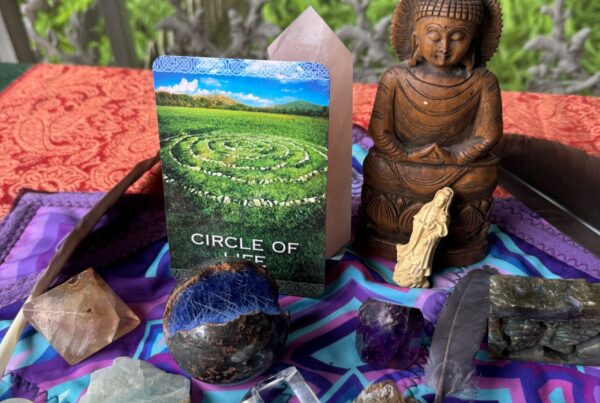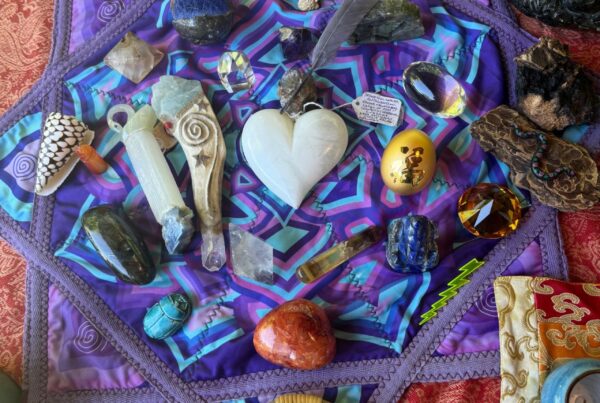When do we bloom? My Hibiscus, Magnolia and Me
I know that early Spring is when the crocuses appear before any of my garden friends, peeking their little selves up out of the ground. Ready, set, go…Spring is here. They are here and gone in a short while, followed by tulips and daffodils.
But the early bloomer I wait for with unbridled excitement and awe is my magnolia. She is a grandmother now, and yet she continues to long for life and the opportunity for her cyclical blooming. Magnolia flowers may be the first flowers ever to bloom on earth, between 250 million and 140 million years ago, when dinosaurs roamed.
Maggie is gnarled, creviced and twisted, yet each year here she comes, blooming anew. On the other hand, my hibiscus, with her flowers the size of plates, is one of the last to bloom in my garden. Each of her blooms
I look at my life and the times I have been an early bloomer, and the times I have been quite late in my flowering. My first book took all this time to arrive, this last October. I have finally found support in working out with a trainer and a yoga teacher who both know how to work with my twisted spine. Why did it take so long to claim my body in this way?
I have found a wonderful publicist who is supporting me in many ways as my late blooms continue to take shape. I don’t understand why my blooming has patterned itself in these ways.
But I do know this: I hope I never stop trying to bloom, to meet my unfolding life with new potential and possibilities, and that I can accept without regret and judgment, that everything must flower in its own time.
To read more essays visit my other writings and resources.
Ready to own your own special copy of Beyond the Bookclub: We Are the Books We Must Read – START HERE!







